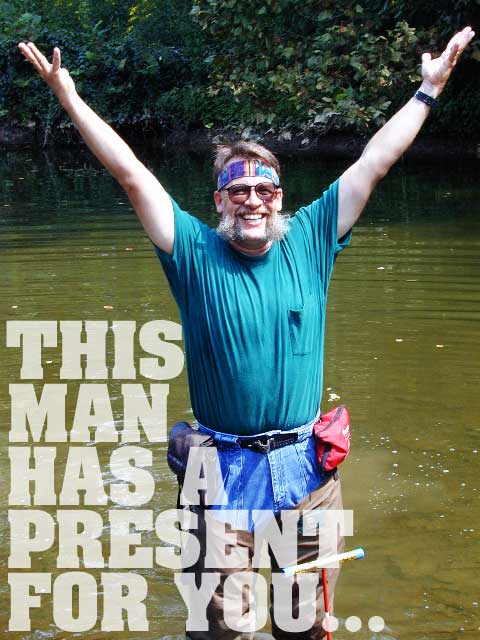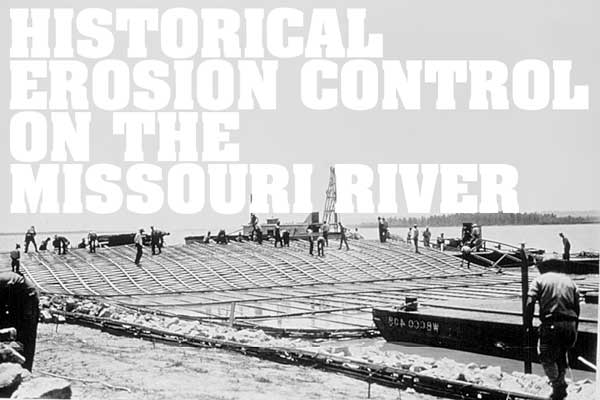
Go to our new file download section for this nice little freebie (click Here).
Available for download is a FULL, recently produced BMP manual that John created for California State Parks Off-Highway Vehicle Department. Don’t let he OHV-ness of it fool you, there is A LOT of great, universal erosion and sediment control information in here. And all for free!
Click here to download.
Here is a full description of the manual:
This manual is intended to provide the necessary guidance for selecting and implementing BMPs at Off-Highway Vehicle (OHV) Parks. OHV trail construction projects, the construction and maintenance of low-volume access roads, the creation of new buildings, campgrounds and other user facilities, special OHV events, and routine park maintenance can all impact water quality. This BMP Manual was specially compiled and written to be “SVRA-specific” (SVRA=State Vehicle Recreation Area) for use by the Carnegie SVRA, in Livermore, CA, but it should also prove useful to all of California State Parks staff, and well as other land managers.
The manual is not just a “cut and paste” from old and often outdated BMP manuals. The erosion and sediment control industry has been rapidly adapting and changing – new and better innovations are constantly being developed and assimilated. At the same time old and new BMPs are being scientifically tested and empirically evaluated. The San Diego State University Erosion Control Laboratory, California State University at San Luis Obispo (CalPoly), and the Shasta College Erosion Control Training Facility are locations where development and testing of new BMPs is occurring.
This OHV BMP Manual provides the methods necessary for SVRA managers and staff to minimize the impacts of erosion, sedimentation, and other non-stormwater pollutants on water quality. The manual includes all of the new, appropriate, and state-of-the-art BMPs. It also excludes the BMPs that experience and science have proven ineffective. This BMP guide is intended be used by SVRA staff in selecting appropriate BMPs for SWPPPs. The special section on Road and Trail Drainage will be helpful when designing and building future trails and roadways in a manner that will minimize watershed and water quality impacts.
The California State Parks Off-Highway Motor Vehicle Recreation Division (OHMVRD) of California Department of Parks and Recreation (DPR) desire to comply with the CWA and NPDES requirements. Compliance with these laws and regulations will help ensure future OHV opportunities, and the implementation of the BMPs will protect the park, park users, trails, and natural resource values of the Park by:
-
-
- Minimizing soil erosion and compaction of soils resulting in loss of soil productivity and sedimentation to waterways.
- Minimizing disturbance and sedimentation to riparian areas, wetlands, and waterways adversely impacting amphibians and wildlife.
- Minimizing spread of invasive, non-native, and noxious weeds along travel routes, and minimize disturbance to botanical resources.
- Preventing the creation of additional routes in environmentally sensitive areas.
 In Alberta, whenever you plan somethings outdoors during November, you can’t rely on the forecast. Here is an excerpt for our Willow Creek Video (available May 28th at the WatchYourDirtStore). It is the start of the first day of the AIT workshop. It was a little chilly in the morning, but nothing too too bad – we’ve seen worse.
In Alberta, whenever you plan somethings outdoors during November, you can’t rely on the forecast. Here is an excerpt for our Willow Creek Video (available May 28th at the WatchYourDirtStore). It is the start of the first day of the AIT workshop. It was a little chilly in the morning, but nothing too too bad – we’ve seen worse.















